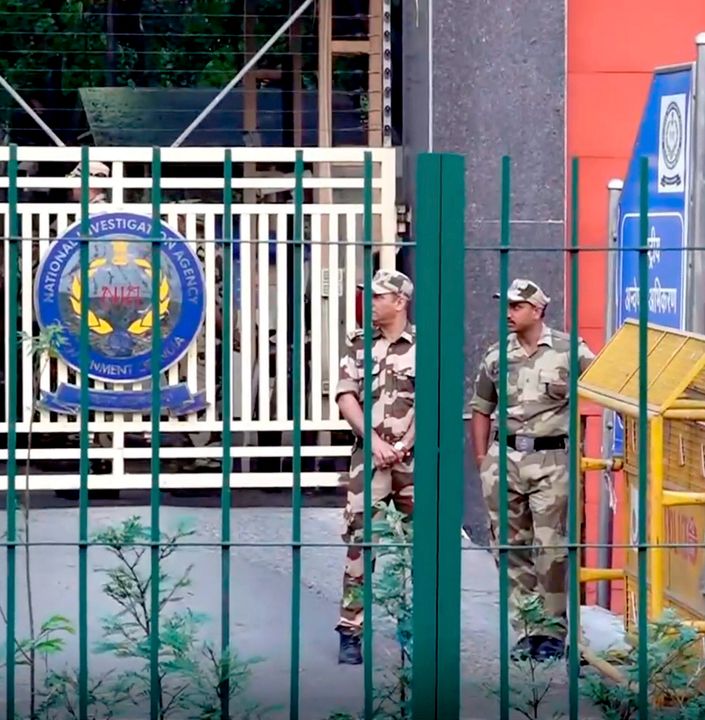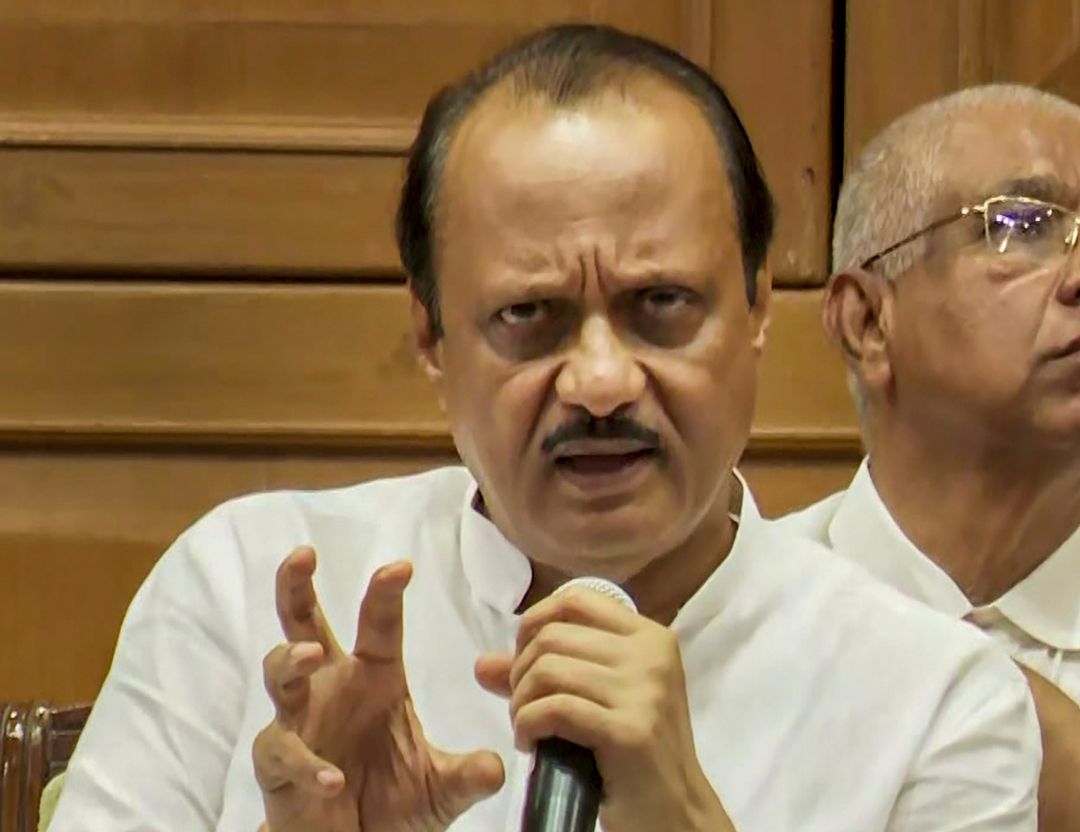
New Delhi, April 11 — Tahawwur Hussain Rana, a key accused in the 26/11 Mumbai terror attacks, has been remanded to 18-day custody of the National Investigation Agency (NIA) following his extradition from the United States. The NIA will now interrogate him extensively to unravel the broader conspiracy behind the deadly 2008 attacks and his role as one of the planners.
Rana Produced Before Special NIA Court
Rana, a Pakistani-origin Canadian businessman and former associate of David Coleman Headley, was brought to India on Thursday evening. He was formally arrested and produced before the NIA Special Court at Patiala House, which granted the agency his custody until April 29.
While the NIA had requested 20-day custody, Special Judge Chander Jit Singh sanctioned 18 days. The agency emphasized the importance of Rana’s interrogation to uncover the full scope of planning and coordination behind the attacks.
Court Proceedings and Legal Representation
During the hearing, the court appointed advocate Piyush Sachdeva from the Delhi Legal Services Authority to represent Rana, after the 64-year-old informed the judge he did not have legal counsel. Senior advocate Dayan Krishnan and Special Public Prosecutor Narender Mann appeared on behalf of the NIA.
High-Security Movement and Interrogation Plans
Rana was brought to court in a fortified convoy that included a jail van, SWAT vehicle, and ambulance. Security was so tight that mediapersons and the general public were cleared from the court premises prior to the hearing.
Post-hearing, Rana was moved to the NIA headquarters in the CGO complex, where he is being held in a high-security cell. The agency stated that over the next 18 days, he will be rigorously questioned to uncover the planning, international links, and deeper network involved in the Mumbai attacks.
Rana’s Link to Headley and Terror Network
According to the NIA, Rana conspired with David Headley, a U.S. national and the main conspirator in the 26/11 case, and facilitated his reconnaissance missions in Mumbai under the guise of running an immigration consultancy. The agency said that Headley communicated regularly with Rana, including via over 230 calls, and briefed him about his movements and co-conspirators, including Ilyas Kashmiri and Abdur Rehman.
Rana is also accused of helping Headley obtain a 10-year visa and covering for him during his stay in India. Both Lashkar-e-Taiba (LeT) and Harkat-ul-Jihadi Islami (HUJI) operatives were involved in the broader plot, as per the charge sheet.
2008 Attacks and Rana’s India Visit
The Mumbai attacks began on November 26, 2008, when 10 Pakistani terrorists stormed India’s financial capital, targeting key public locations including CST railway station, the Taj and Oberoi hotels, and a Jewish center, resulting in 166 deaths and over 238 injuries.
Rana had visited India in November 2008, just days before the attacks. As per the 2023 charge sheet filed by Mumbai Police, Rana stayed at a Powai hotel and discussed high-footfall areas in South Mumbai with a witness — locations that were later targeted.
Years-Long Legal Battle Ends in Extradition
Rana’s extradition comes after prolonged legal proceedings in the U.S. His attempts to block the move, including an emergency petition to the U.S. Supreme Court, were dismissed. The NIA acknowledged the role of India’s Ministry of External Affairs and Ministry of Home Affairs, along with U.S. authorities, in facilitating the successful extradition.
The NIA reiterated that it would utilize this custody period to interrogate Rana on all aspects of the conspiracy to bring justice to the victims of one of India’s deadliest terrorist attacks.
Last updated by a enewsx:


